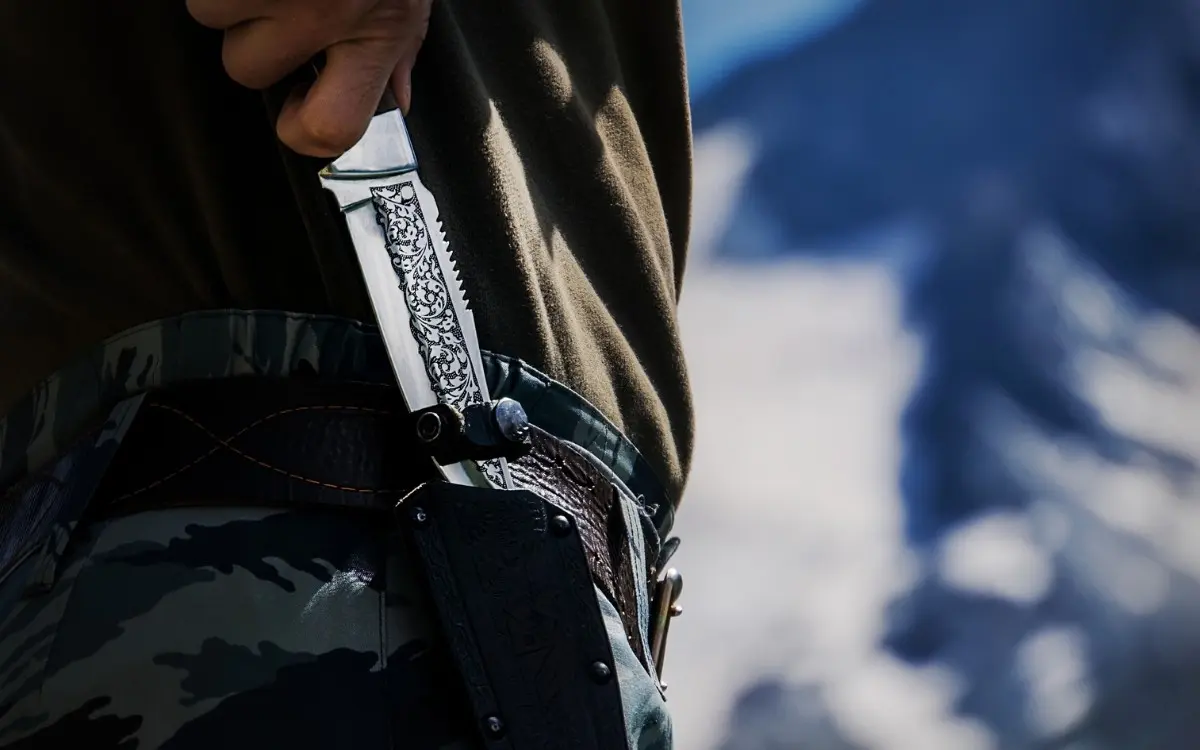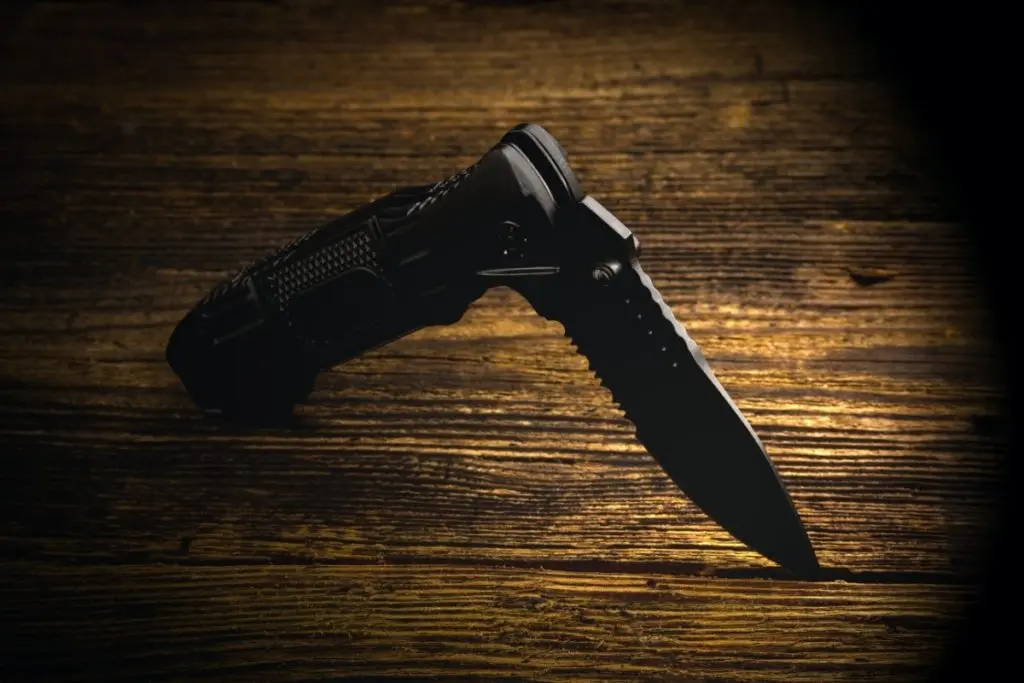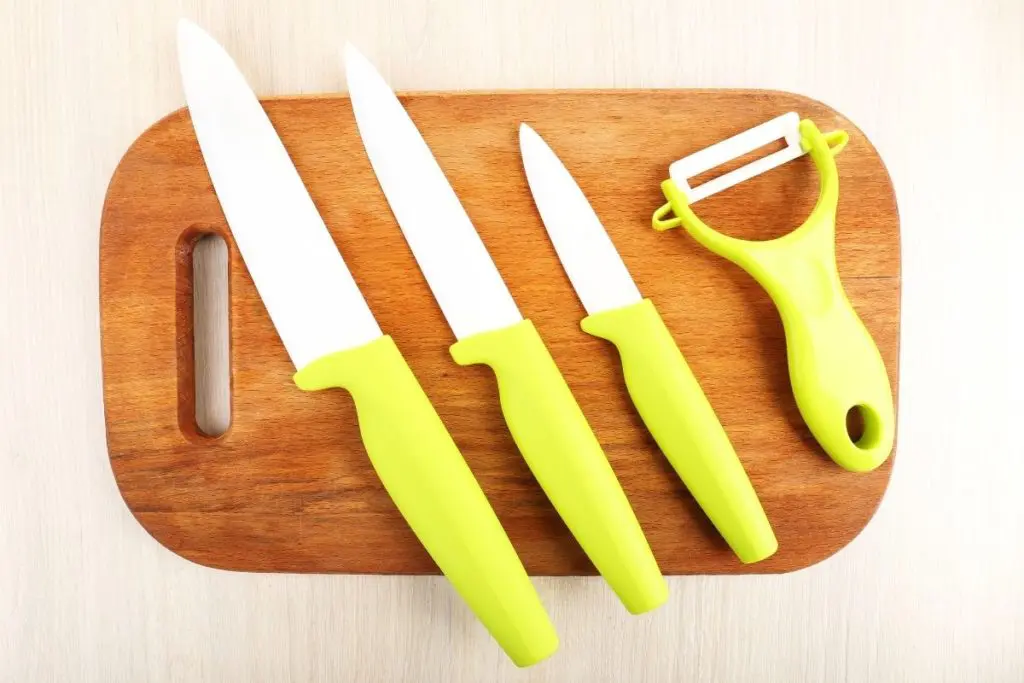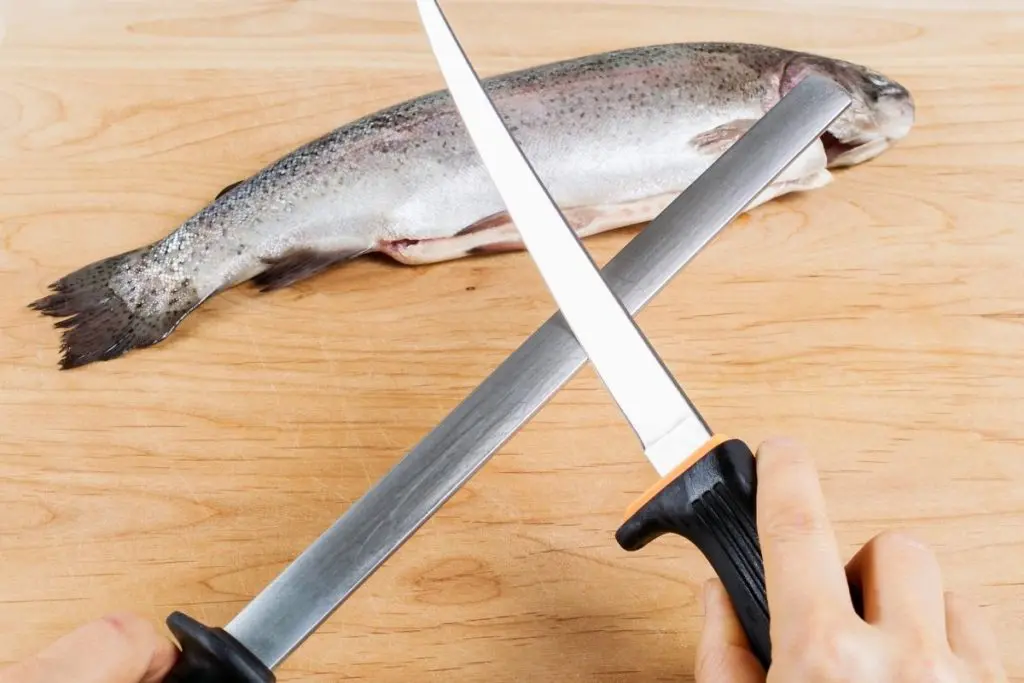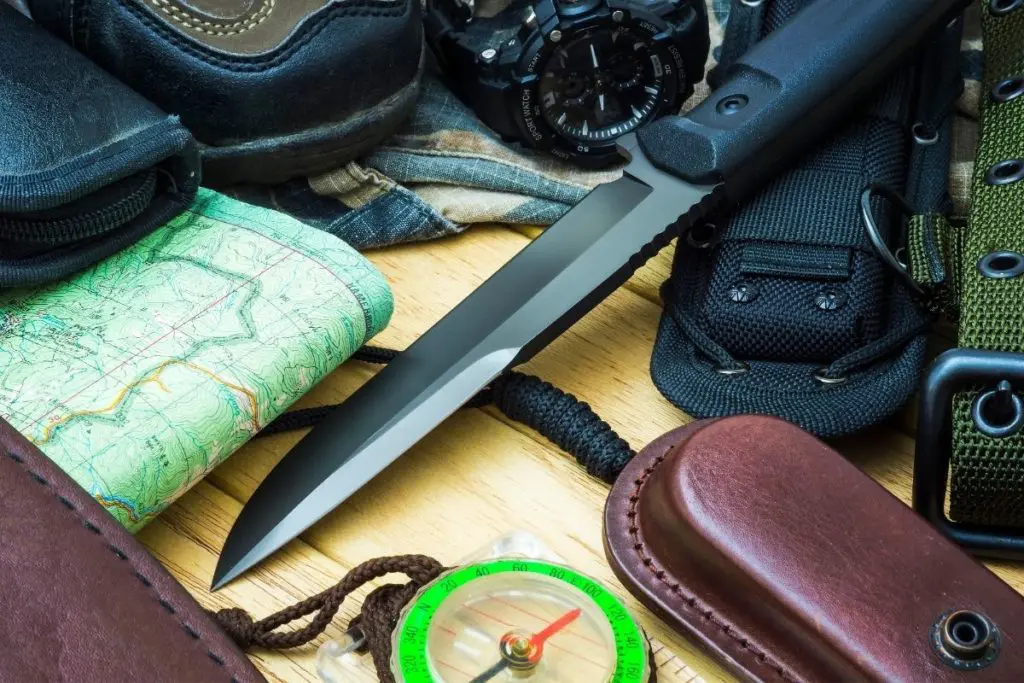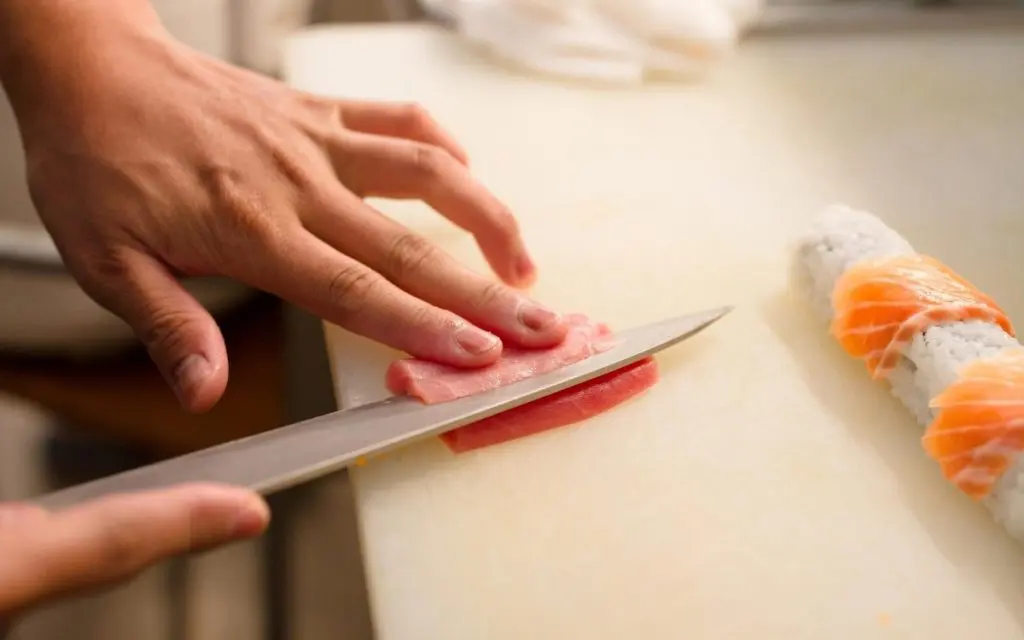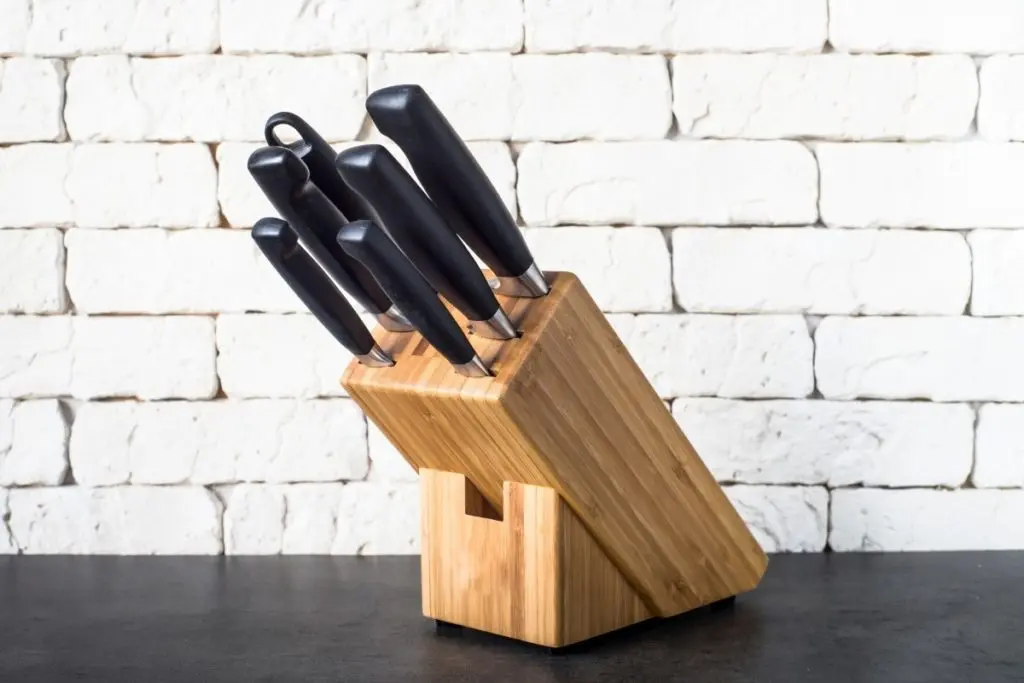Whether it’s opening your latest Amazon delivery or cleaning a freshly-caught fish for dinner, you never know when you might need a blade handy. Outdoor knives are generally designed to be carried on your person. They come in a variety of shapes and sizes to serve different purposes. Here’s our guide for all types of knives.
Types of Outdoor Knives
Now that we’ve covered the basics of what makes a good knife, let’s talk the different types of outdoor knives:
1
Pocket knife
Pocket knives are probably the most common choice for your average Joe. Back in the day, they were called “jack knives,” and are still sometimes referred to as such, along with “penknives.” To qualify as a pocket knife, a blade must fold into its handle — that’s it. That’s the only requirement.
Pocket knives with blades that fold into their handles freely, without any kind of backspring, slipjoint, or blade locking mechanism are considered “friction folders.” This is the original and most basic form of the pocket knife. Friction folders are also called peasant knives, farmer’s knives, and penny knives.
Modern pocket knives, on the other hand, feature some kind of mechanism designed to assist with release and return. Most also have some kind of locking mechanism to ensure the blade sits securely within the handle when not in use, and also locks into the open position for greater tension.
Pocket knife blades usually range from two to six inches long so the knife will fit easily into most standard-sized pockets. Some pocket knives may have two or even three different blades that all fold independently of each other into the handle, allowing the knife to serve more than one purpose. For example, a multi-blade pocket knife could have one single-edged blade, one serrated blade, and one hooked blade.
2
Clip Folder
A clip folder knife is basically just a pocket knife that features an integrated clip for attaching to a pocket, belt, or bag. There are six different styles of clips used on clip folder knives:
- Regular: smooth clip attached at one end, best for securing to pockets
- Deep Carry: ridged clip attached at one end with higher tension to sit deeper in a pocket and more securely to a belt loop or bag
- Mini Deep Carry: half the length of deep carry clips with the same tension to remain concealed in a pocket
- Milled: shorter than regular clips, generally with intriguing designs and colors
- Carabiner: dual clip design with a regular clip and integrated carabiner for secure attachment to harnesses, bags, etc
- Wire: low-profile regular clip that’s less bulky on the handle and comfortable to hold
3
Swiss Army
Swiss Army knives are one of the most well-known types of outdoor knives. The design was originally commissioned by the Swiss Army in the late 1800s, hence the name. True Swiss Army knives use pivot-point mechanisms to conceal multiple blades and tools within the handle, which is traditionally a saturated red. Today, you can find Swiss Army knives in a variety of colors, with single or multiple pivot points and any number of tools or blades, including things like:
- Nail file
- Wood saw
- Ruler
- Scissors
- Pruning blade
- Bit driver
- Pliers
- Wire cutter
- LED light
- Magnifying lens
- Phillips screwdriver
- Can opener
- Slotted screwdriver
- Corkscrew
4
Multi-Tool
Multi-tools qualify as a type of knife only because most multi-tools include some kind of blade. However, they don’t have to. Swiss Army knives are actually a type of multi-tool, and people often use the two interchangeably. But while all Swiss Army knives are multi-tools, not all multi-tools are Swiss Army knives.
Multi-tools come in a range of shapes and styles. Folding multi-tools look visually similar to pocket knives and Swiss Army Knives, in that everything stows or is a part of the handle. But there are other kinds of multi-tools. The Survival Card, for example, is about the size and thickness of a credit card, and has risen in popularity in the last few years. The metal card has different grooves and cutouts to accomplish different tasks, and usually features markings for things like inches, centimetres, and even angle degrees.
5
Assist Opening
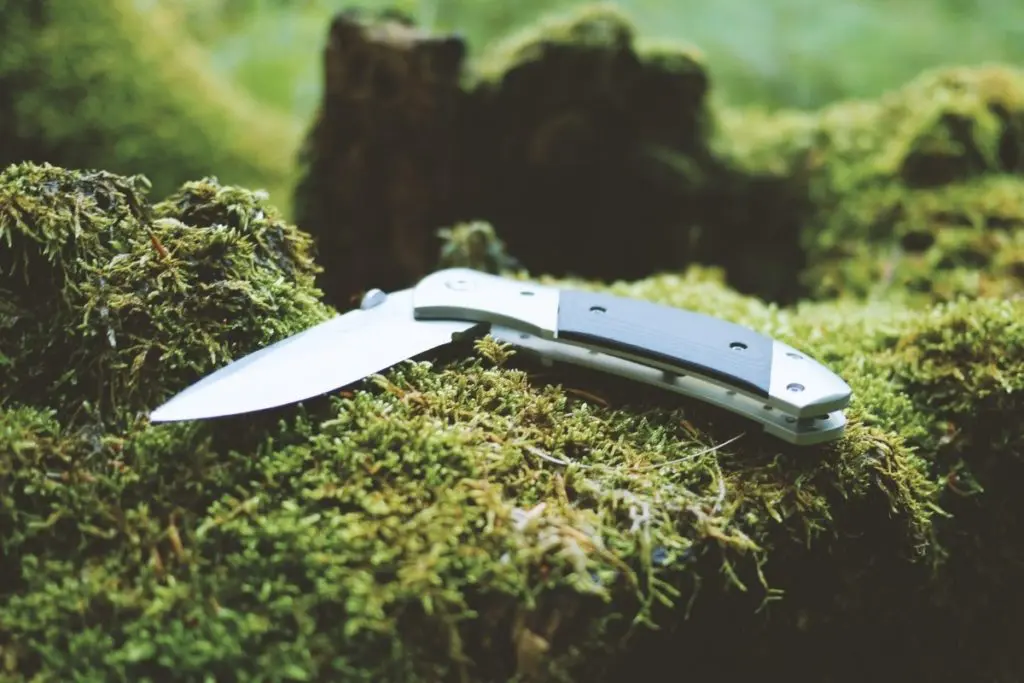
More commonly referred to as switchblades, assist opening knives are just folding knives that use some kind of spring-action mechanism to open. The purpose of this is to speed up the process of retrieving a blade, which can be vital in time-sensitive situations, and even, in extreme cases, be the difference between life and death. Though the stereotypical switchblade is double-edged, assist opening knives can be single-edged as well.
6
Concealed Weapon
Knives that fall into this category are those that meet the legal qualifications to be considered a concealed weapon. Such legal qualifications differ from state to state and country to country, but the general rule of thumb is that knives are considered concealed weapons if they are folding or small enough to fit into a pocket or purse (the “concealed” part), with a blade longer than 3.5 inches (the “weapon” part).
7
Survival
Survival knives are generally fixed-blade, meaning the blade doesn’t fold down into the handle. They feature thicker blades, sometimes double-edged, usually with serrations and/or hooks for a variety of survival scenarios. Applications include things like cutting wood for a fire, constructing a shelter from natural materials, and killing and processing small animals and fish. Survival blades are favored by wilderness campers, dedicated backpackers and campers, people who just want to be prepared, and of course, those gearing up for the apocalypse.
8
Bowie
Bowie blades are large, heavy, fixed-blade fighting knives named by their designer, 19th century American pioneer Jim Bowie. They are a huge part of the romanticized Old West, and are used for everything from self-defense to skinning and butchering game.
Typically, Bowie knives feature at least a six-inch long blade that curves at the end and comes to a stiff point. They are single-edged, though the inside of the curve on the back edge is also usually sharpened. As they don’t fold down and range from 12 to 19 inches long when you include the handle, Bowie knives usually rest on the hip in a sheath. They feature a cross guard, which is a t-shaped addition to the handle to protect the hand during use.
9
Machete
A machete is a knife with a blade at least 12 inches in length, and usually at least three millimeters thick. Originally called a cutlass, the machete was designed for agricultural use. The wide blade is used in a sweeping motion to cut down crops such as sugar cane, and is also commonly used to clear a path through thick undergrowth in tropical and subtropical regions.
Nowadays, countries where machetes are common household utensils are used for everything from yard work to cooking to cracking open coconuts. Their use as a weapon stems mainly from uprisings, as they were one of the only weapon-like tools popular armies had on hand.
10
Dagger
Daggers are short, double-edged blades with a central spine and sharp point designed mainly for use as an offensive weapon. They can have additional features such as cross guards, prominent pommels, and lots of ornamentation, and may or may not have a sheath. While daggers make lethal close combat tools, in the 21st century, they are widely decorative, used as status symbols, given as gifts, and passed down as antiques or family heirlooms.
11
Throwing
Throwing knives are generally thin, lightweight blades shaped and weighted specifically to be through the air. They come in an all but infinite variety of designs, ranging from straight blades that look like normal knives to multi-pointed throwing stars to curved, nearly circular blades. Some throwing knives will have rings at the base to allow the user to spin them on their finger, which can assist with achieving the proper momentum for a successful hit. Across all throwing blades, the tip (or tips) is tapered in order to bury into whatever the target is and stick, rather than bounce off.
Throwing blades are commonly used in sport tournaments, stage performances, martial arts, and personal hobbies. Though they can be purchased individually, most throwing blades come in a set of either multiple of the same style, or a selection of styles, for quick sequential throws and well-rounded practice.
Knife Characteristics 101
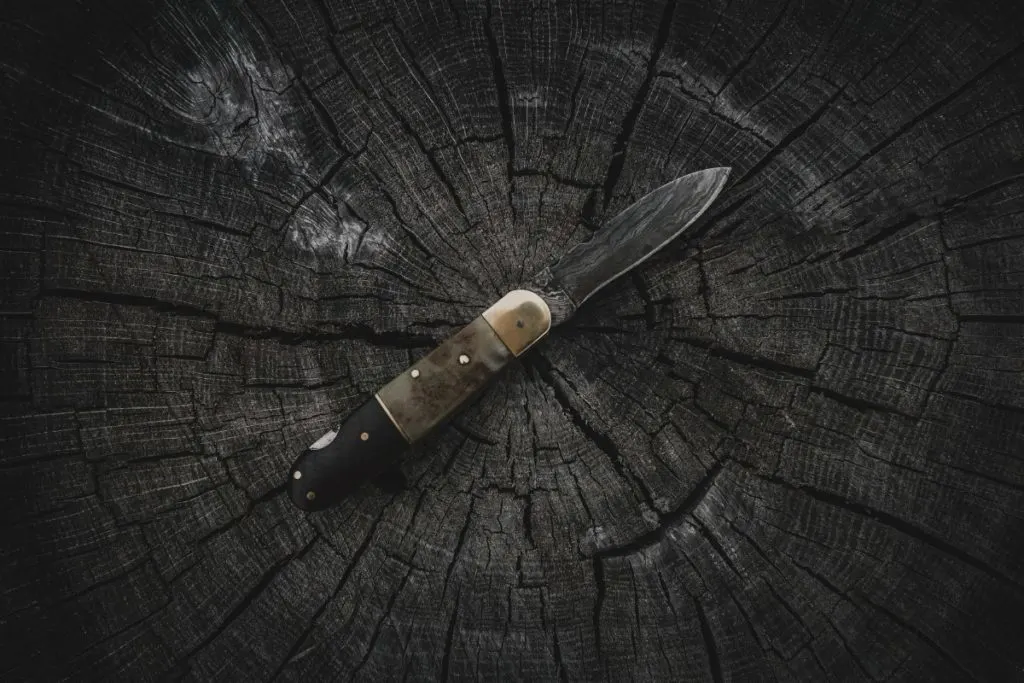
Now that we’ve reviewed the different types of knives, let’s go over some of the features of any good knife.
Blade
The most important part of any knife is, ostensibly, its blade. Knife blades come in a range of materials, including things like:
- stainless steel
- laminate steel
- titanium alloys
- ceramic
- and even more exotic things like obsidian
Each material has pros and cons, and you’ll want to consider things like blade retention, durability, and rust and corrosion resistance.
In addition to blade material, it’s important to consider the way the maker constructs the blade.
Forged Blades
Forged blades are the most common. They are made with a single piece of metal that’s been shaped using a hammer while the metal is incredibly hot. This method results in strong, durable blades that will last for years to come.
Stock Removal Blades
A stock removal blade, on the other hand, is created by shaping the blade via grinding while the metal is cool, rather than hammering while heated. This method is less intensive and much quicker than forging, which leads to much cheaper prices. However, stock removal blades are less durable and won’t last as long as a forged blade. Hence, why they are a lot less common.
Knife blades also come in a variety of shapes, each of which serves a specific purpose. Some have serrated sections, either close to the tip, down by the handle, or all along one side. Some blades are double-edged, which means it’s sharp on both sides, or single-edged, meaning sharp on only one side. The tip of the blade may taper, or it may bend upwards to a sharp point. One side might have a hook design that’s sharp on the inside.
Handle
Perhaps the second most important part of a knife is the handle. It doesn’t matter how great the blade is if you can’t hold the knife comfortably in your hand or wield it properly. Knife handles also come in a variety of materials, including metal, wood, plastic, rubber, and even bone. The shape of a knife’s handle is also incredibly important. It will affect how comfortable the knife is to hold, which in turn will impact how much control you have over the blade. Knife handles can have other features like grooves or rubber pads designed to improve grip. Also look for metal clips for attaching to a pocket, your belt, or a purse or bag.
Design
A knife’s design covers important considerations such as size, folding capability, locking mechanisms, sheaths, and attached belt clips. It also includes more superficial features, like color and pattern.
Further Reading
